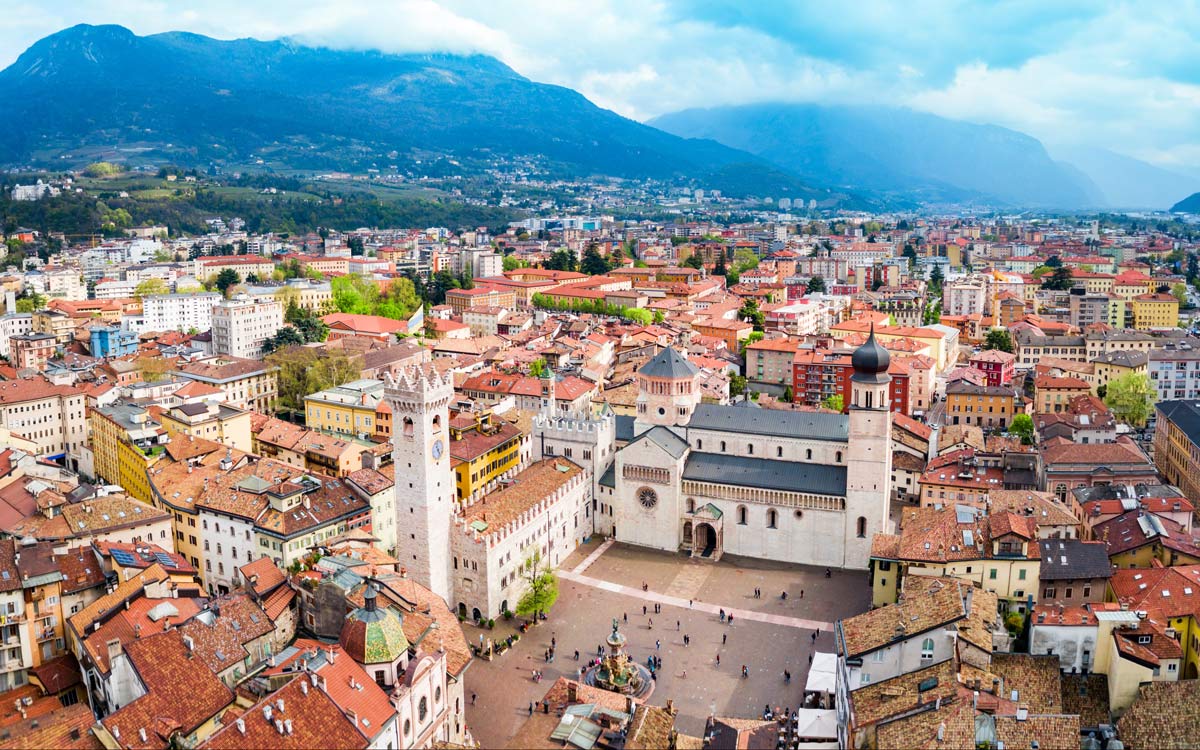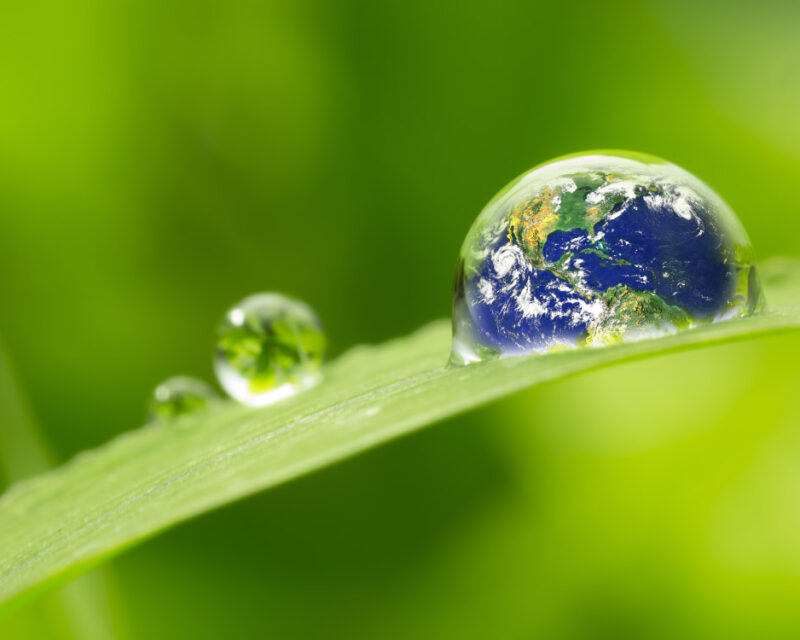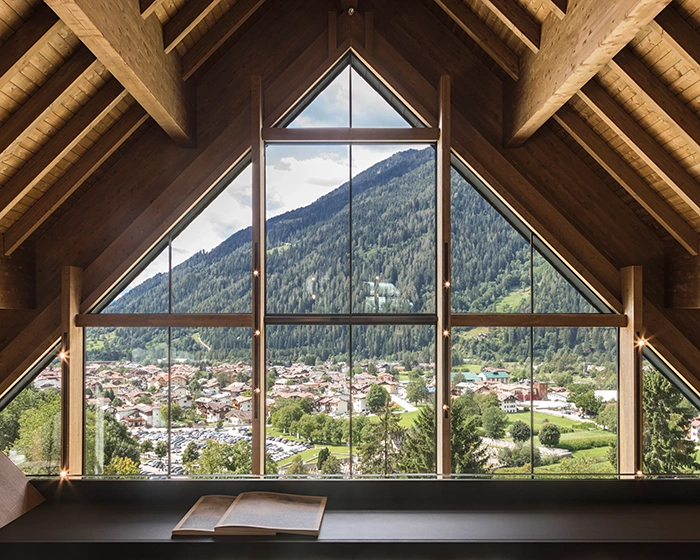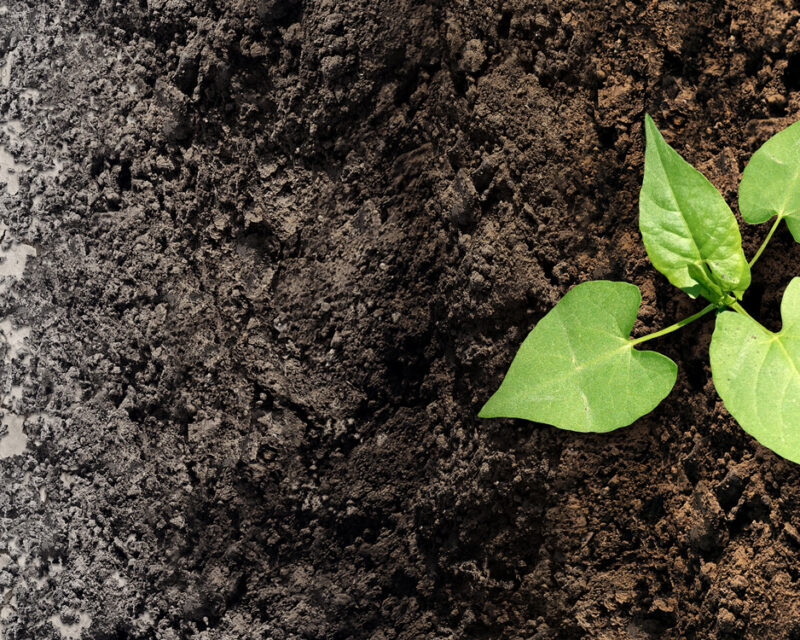Urban Ecosystem 2023: Italy’s most sustainable cities

What is the sustainability rate of the real city in Italy today compared to that of an ideal city? This was determined again this year by Legambiente with its Ecosistema Urbano project, carried out for the 30th year and which, as Mirko Laurenti, head of the survey, explains, "tells of a country that struggles alternately and uncertainly with the same, dramatic urban emergencies."
Without aiming for not-too-utopian visions, Ecosistema Urbano determines the environmental performance rankings of capital cities according to 19 parameters, each of which provides a score, constructed on a case-by-case basis based on sustainability goals. The latest report returns a rising average score, which stands at 56.41 percent (last year it was 53.41 percent and two years ago 53.05 percent). While no Italian city makes it to 100, it should also be mentioned that, compared to 2022 when none exceeded 80, in 2023 as many as three cities made it: Trento, Mantua, and Pordenone. While Treviso and Reggio Emilia have surpassed quota 75. Eleven (last year there were eight, six two years ago) exceed 70 points.
Produced with the scientific collaboration of Ambiente Italia and the editorial collaboration of Il Sole 24 Ore, the report is the first study worldwide to set itself the goal of organizing cities' environmental data to provide a criterion for assessing sustainability and benchmarking environmental performance. The aim is to be able to measure, so to speak, the "environmental fever" of provincial capitals and the effectiveness of prescriptions put in place by public administrations. In short, a thermometer of sustainability.
That Trento is on the top podium is no surprise: the city in 2022 came second, won in both 2020 and 2021. What are the factors behind this success? First, air quality is maintained at a good level, with a slight improvement in nitrogen dioxide averages, with PM10 and the new PM2.5 staying within limits. While there is a worsening in the number of days of exceeding the limits for ozone in the air. Added to this is the fact that water consumption in the city has decreased, from 149.7 liters per inhabitant last year to the current 147.4 (it was 151.3 two editions ago). Total waste production falls slightly, enough to earn Trento seventh place in the specific ranking of differentiated waste. Passengers carried by public service are growing, from 101 trips per inhabitant per year in 2021 to 123 in 2022 to 136 this year. The equivalent meters per 100 inhabitant of cycling infrastructure is also on the rise: from 8.67 meters two years ago to 8.92 last year, and today the city is up to 8.95. As for greenery, the reference is Istat data: there are now 403.6 square meters per inhabitant (it was 396.2 last year), so much so that Trento is projected to rank second overall in this index. More green but also more solar panels installed on public buildings, with 14.81 kW per thousand inhabitants.
Everything okay? Actually, some sore points are there. Such as the water lost in the network, which rises from 15 percent two years ago to 22.3 percent in 2022 to 22.4 percent this year. And, once again, the land area allocated to pedestrians stops at an unedifying 16.3 square meters per 100 inhabitants. Finally, the city also has a slightly worse land consumption index.
All the cities analyzed with their data can be seen at this link: https://ecosistemi.legambiente.it/risultati2023ecourb/













